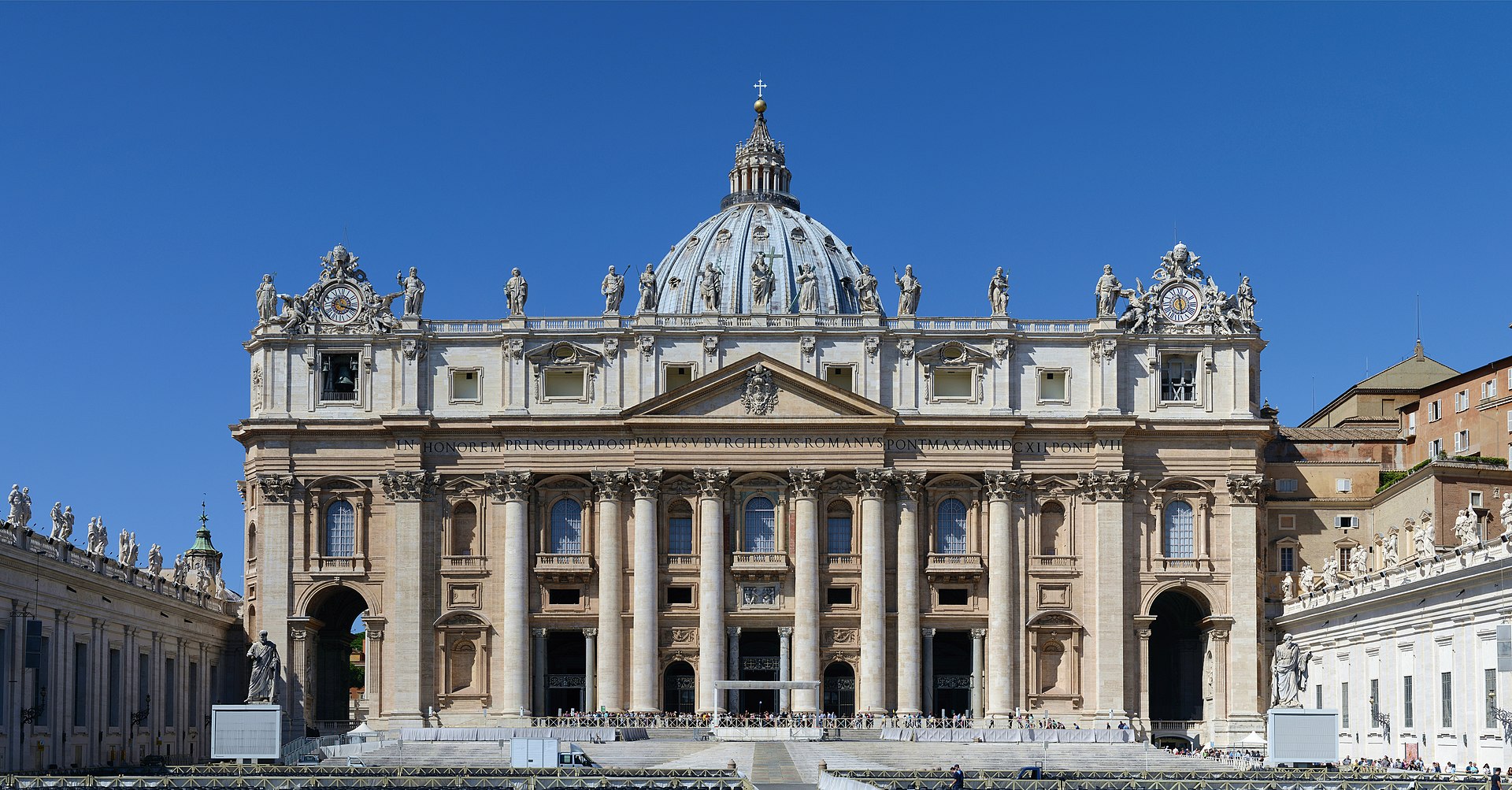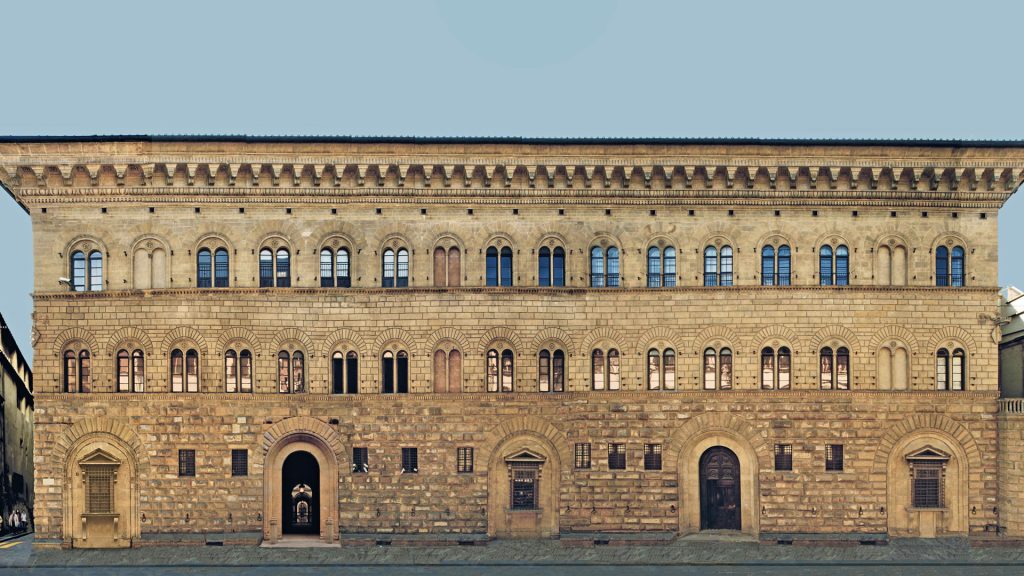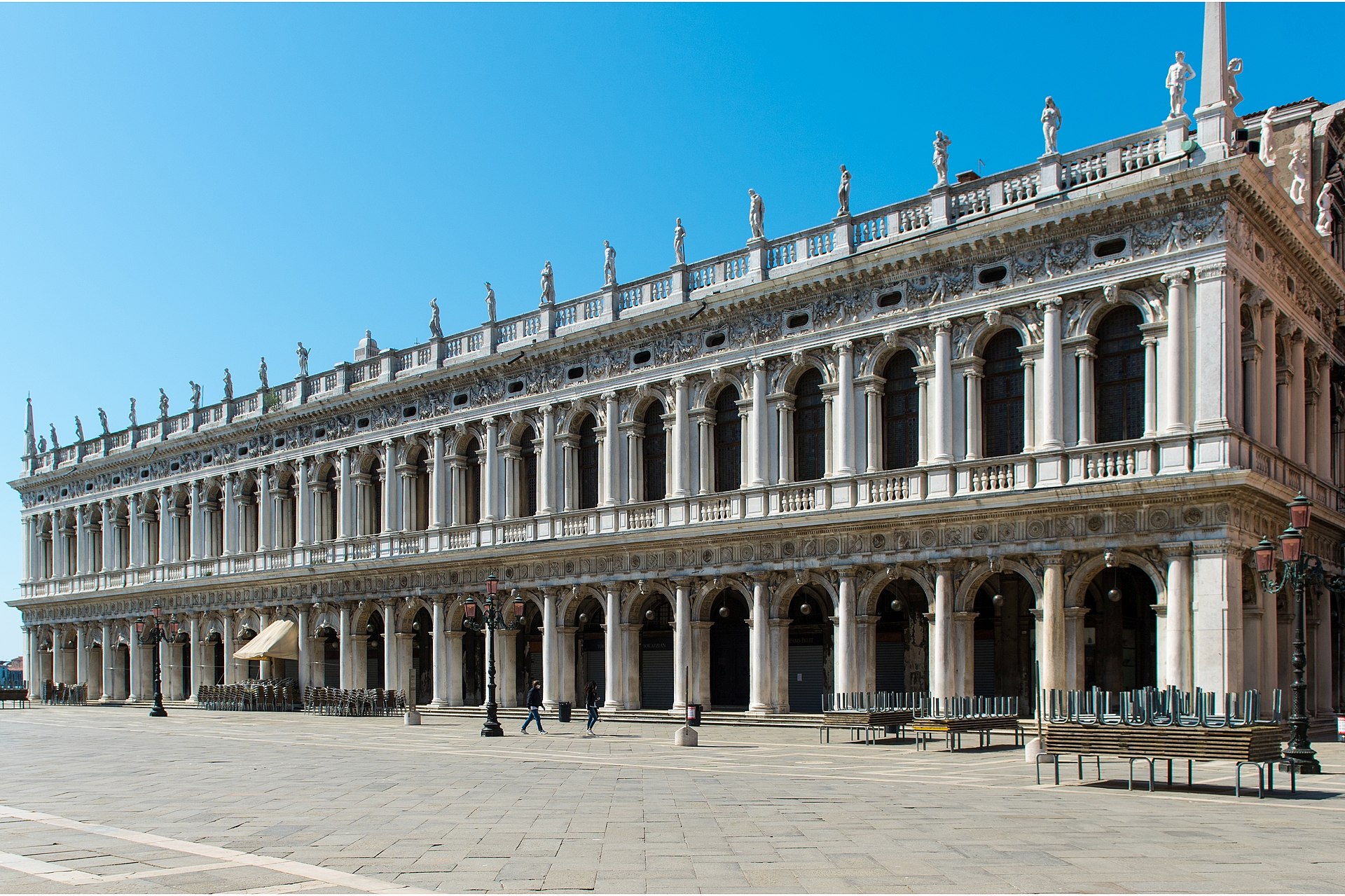enaissance architecture – This subcategory includes artworks that are made by building structures with classical elements such as columns, domes, arches, and pediments.
Renaissance architecture is a style of architecture that emerged in Italy in the early 15th century and spread throughout Europe, replacing the medieval Gothic style. It was inspired by the classical forms and principles of ancient Greek and Roman architecture, such as symmetry, proportion, geometry, columns, domes, arches, and pediments.
Some of the most famous examples of Renaissance architecture are:
St. Peter’s Basilica in Rome, designed by Bramante, Michelangelo, Maderno, and Bernini. It is the largest church in the world and has a massive dome that dominates the skyline of the city.

The Tempietto in Rome, also designed by Bramante. It is a small circular temple that marks the spot where St. Peter was crucified. It is considered one of the first examples of High Renaissance architecture.

The Palazzo Medici Riccardi in Florence, designed by Michelozzo. It is one of the first Renaissance palaces that combined classical elements with a fortified appearance. It was the residence of the powerful Medici family.

The Villa Rotonda near Vicenza, designed by Palladio. It is a symmetrical country house with a central dome and four identical facades, each with a portico. It is influenced by ancient Roman villas and temples.

The Marciana Library in Venice, designed by Sansovino. It is a public library that faces the Piazza San Marco and has a richly decorated facade with columns, arches, statues, and reliefs. It is an example of Venetian Renaissance architecture





